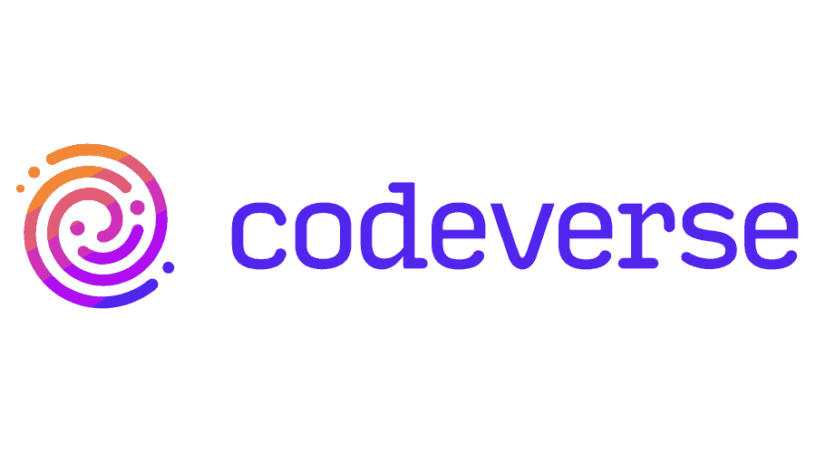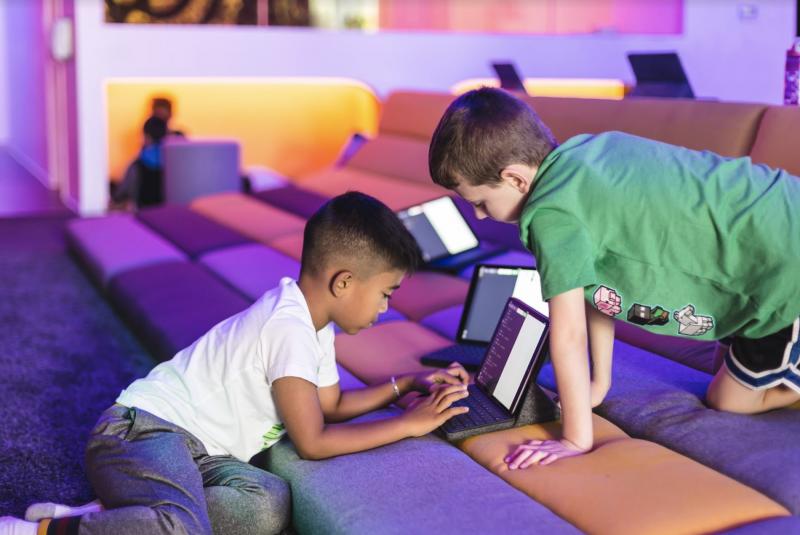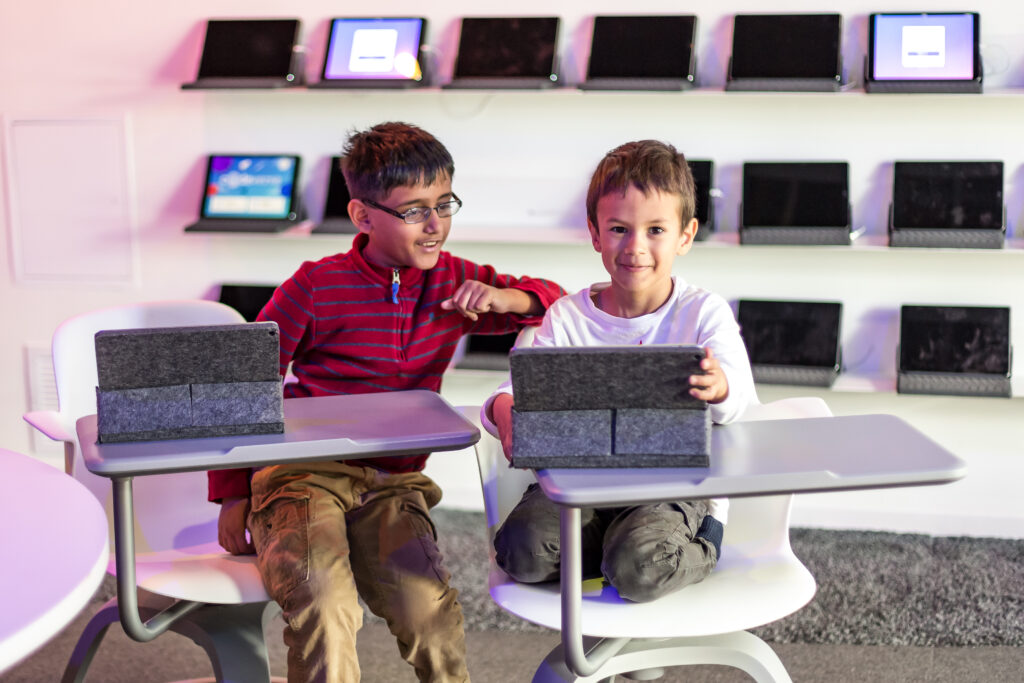Codeverse is a website that teaches youngsters as young as six years old how to code. The kid-friendly online platform guides students through missions and offers personalized weekly sessions on how to create genuine games and apps.
This online platform, which is designed for young coders of all abilities, has been published in media such as Vents Magazine, PR Newswire, The Chicago Tribune, The Journal, Forbes, and many others. The Codeverse Instagram page now has over 4,000 followers.
Are you ready to start your child on the road to tech success? Stay tuned as this Codeverse review delves into the brand, its coding programs, user comments, and more to help you determine if it’s the best fit for you and your family.
Overview of Codeverse
Technology advances at a breakneck pace. Understanding how computers function, as well as how to create programs and games, is a talent that most of us might use.
Unfortunately, technology advances so quickly that many parents lack the information necessary to teach their children.
Craig Ulliott and Katy Lynch noticed the problem and decided to take action. In 2016, the husband and wife team established Codeverse.
The team set out to design its own coding language, Kidscript, which is a blend of established coding languages that has been simplified, in order to create an effective and simply accessible program for young children.
The brand, which is based in Chicago, is on a mission to inspire and encourage every child to be a maker. This Codeverse review will offer you a quick breakdown of the brand’s strengths and cons before we explain how its program works.
Highlights
- Offers three different coding packages to fit in with different schedules
- Many different services offered, including one-on-one classes, 24/7 access to the platform, feedback after every class, a parent’s portal to track progress, and more
- Uses Kidscript—an easy to understand, kid-friendly coding language
- The learning program is customizable & can be personalized to your child’s preferences
- Parents have access to the platform but aren’t needed for their child to complete a lesson
- Children can share the apps and games they develop with friends and family
- Available around the world via a download from the Codeverse App Store
- Offers a free trial
Codeverse Supernova Lite Review
There had also been an increase in the number of after-school boot camps and coding clubs. Code Ninjas, a children’s coding brand, is looking to expand in the Chicago region, and the national nonprofit Girls Who Code is also active in the area.
“Kids can’t get enough of it,” said Katy Lynch, co-founder and Chief Marketing Officer of Codeverse. This is especially true for younger children, who may have difficulty grasping some of the more complex concepts of programming. To assist with this, Codeverse created KidScript, a coding language for children.
“The things you think of when you look at the world of coding today are the adult languages that exist,” Lynch added. “The problem with those languages is that they’re quite sophisticated.” “You could never put a 6-year-old in front of Python and say, “OK, learn it.”
This fall, the company expects to open studios in Wilmette and Naperville, as well as hire around 60 new employees in the Chicago area. Weeklong camps, as well as after-school and weekend sessions, will be available at the new studios.
Codeverse intends to grow nationally and provide KidScript as a stand-alone service in the future. The company will visit Wilmette and Naperville next, according to Lynch, because the communities are family-oriented and supportive of Codeverse. Furthermore, the company has established relationships in Naperville as a result of demonstrating KidScript at local schools.
Lynch explained, weaving past the pupils on a recent day, that the Chicago studio is set up so that children can choose their own experience. The pupils enter, place their shoes in their cubbyholes, and get to know their surroundings. After they’ve settled down, the kids take out their iPads, which are protected by custom-made kidproof covers, and divide into groups based on age and skill level.
“I’m not going to want to hang out with you and code with you if I’m 12 and you’re 6,” Lynch said.
On a recent afternoon, one child sat against the wall, his yellow-socked feet crossed, engrossed in his iPad. A young lady sat on a purple beanbag. A young child stood nearby, switching his gaze between his iPad and the robotic arm he was manipulating. Someone mentioned a dance party in a dark corner room dubbed “the Black Hole,” where 8-year-old Cillian was coding to control the lights.
Shalini Mendelsohn, whose 8-year-old daughter Simrin attends Codeverse’s camp, said, “I’m shocked.” “I expected them to come here and play games, but they aren’t.” They’re learning how to program.”
Simrin hasn’t learnt how to code at school, according to Mendelsohn. She and her spouse both work in the information technology field, for Apple and IBM, respectively. Simrin has access to laptops, watches, and other devices, but her mother claims that this is the first time they have proved useful to her beyond watching Netflix.
Simrin sat between her parents, demonstrating the game she was working on. It involved a dog attempting to leap into the air and fire a cannon. If you lose, the dog will become a cat. Simrin made a deliberate gaffe and laughed.
According to Paul Earle, an adjunct lecturer in innovation and entrepreneurship at Northwestern University’s Kellogg School of Management, Codeverse is meeting a growing need among school-aged youngsters.
“This generation believes it is up to them to forge their own path, to disrupt and shape the future,” Earle added. “Codeverse fits right in because you’re offering young people the hard skills they need to be digital entrepreneurs early on.”
According to Earle, innovation and entrepreneurship may provide a path to wealth, and Codeverse would benefit from becoming more accessible to communities of various economic backgrounds.
For $800, Codeverse offers a week of classes. A monthly membership is $225 and includes a 75-minute lesson once a week. A four-month option is also available for $175 each month.
Though students at Codeverse only learn one programming language, KidScript, experts suggest that mastering one programming language is an excellent beginning point for learning more about coding. Apple’s Everyone Can Code initiative, which is taught in conjunction with CPS and City Colleges, focuses solely on the company’s Swift programming language.
Ellie Rosenberg, 8, was showing off her game she was working on after class last week. “Robot Dash” is the name of the game, and the player’s goal is to avoid falling boulders while jumping from brick to brick and trying to touch a floating slice of pizza.
Ellie was trying to make the game a little simpler, but not too easy, as she had yet to win. She’s also trying to figure out what she wants to do with her life when she grows up.
“I like baseball and I like to engineer things,” she continued, her gaze fixed on the iPad screen. “Which would include coding,” she said after a brief pause from beneath her Chicago Cubs cap.



